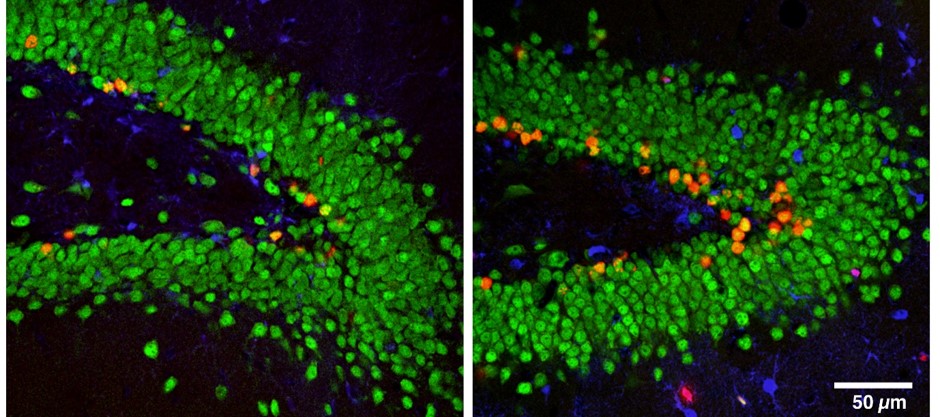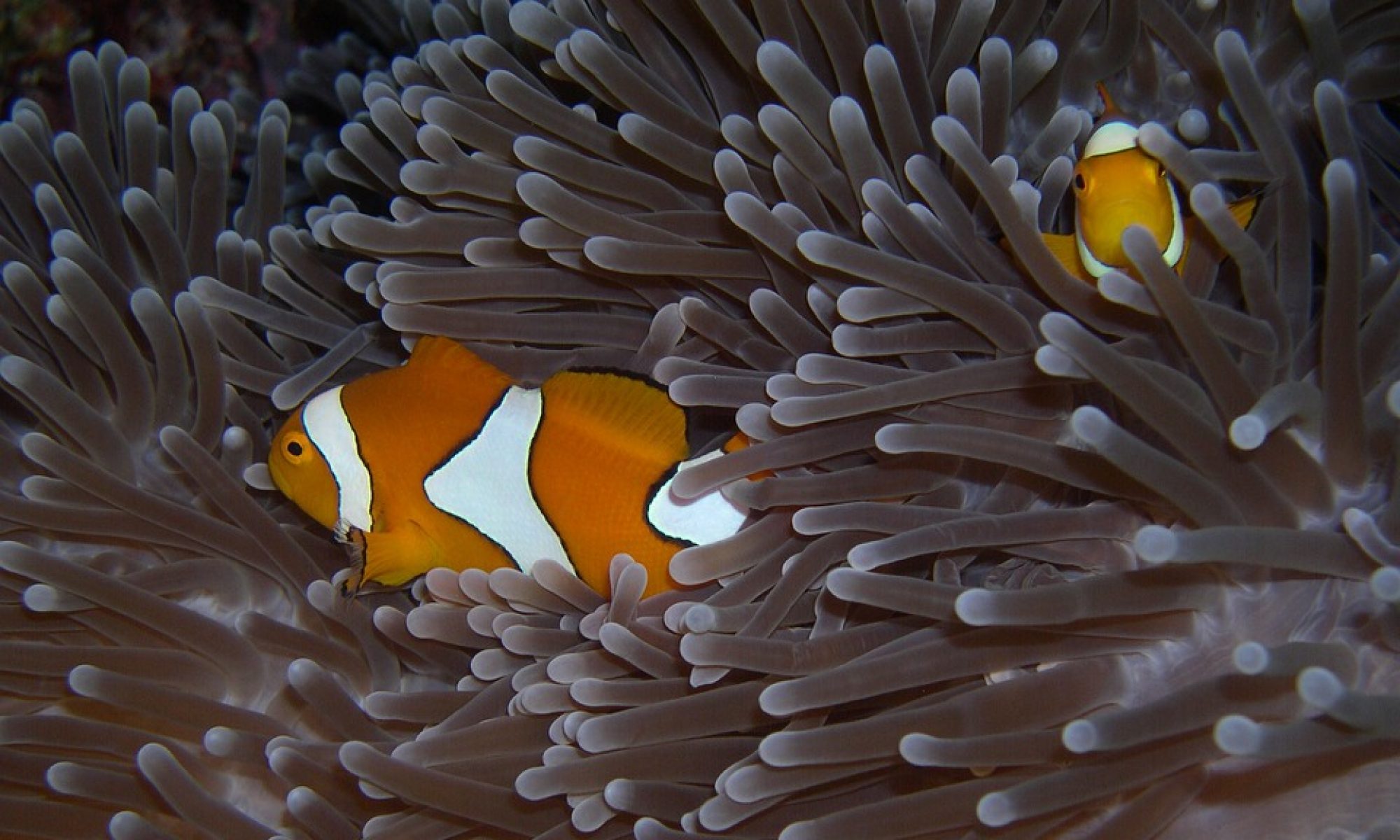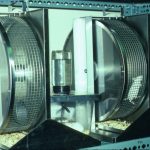
A large literature has established the critical importance of aerobic exercise for maintaining physical and mental health throughout the lifespan, yet average daily levels of physical activity continue to decline in western society. The major obstacle preventing global therapeutic application of exercise is that for many people, the desire to exercise is low, and appears to be declining. Moreover, it is not clear how to increase motivation for exercise. Physical exercise can be rewarding and addictive in certain individuals, suggesting that motivation for physical activity can be increased. However, relatively few studies have investigated the neurobiology of increased motivation for exercise and our understanding of how to neurologically increase desire to exercise is rudimentary at best.
We propose to use the replicate lines of mice selectively bred for increased voluntary wheel-running behavior to find genes and resulting neurophysiological traits which predispose high motivation for running. We have several specific hypotheses based on results of a recent RNA-sequencing study of the striatum. Our approach is to use transgenic mouse technology and local infusion of RNA interfering molecules to knock down or increase expression of the targeted genes. We also have plans to test the efficacy of novel small molecules to increase motivation for exercise in laboratory strains displaying low levels of activity. A recent bioinformatics analysis of the RNA-seq data identified a short list of small molecules potentially capable of partially replicating the striatal gene expression profile of high runners and thereby increasing motivation for running.
For more information on the ongoing artificial selective breeding experiment for increased voluntary wheel running in mice click on the image below:

